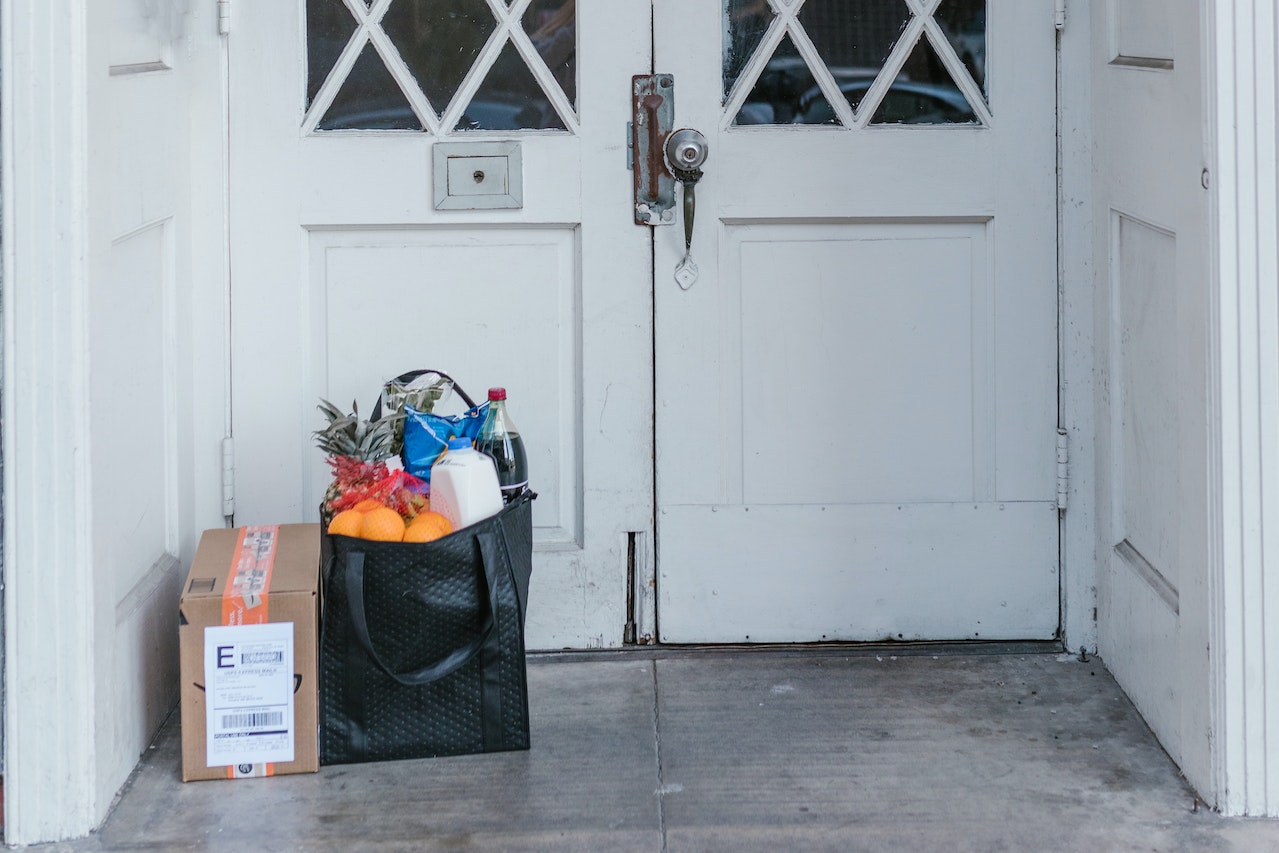Specialty food shoppers are more often frequenting mass, club, and convenience stores and using omnichannel services, reveal the findings of the SFA’s Today’s Specialty Food Consumer Research.
“We know from the SFA State of the Industry report 2022 that about 86 percent of specialty foods are sold in mainstream outlets, such as grocery stores, mass, clubs, and discounters. The main change in 2022 is that more of the business has shifted away from grocery stores and natural food stores and towards mass, club, and convenience stores," according to the report.
Specialty food purchases made at supermarkets declined by 8 percent between 2020 and 2022 to 61 percent, while purchases at mass retailers like Walmart and Target are up 7percent to 51 percent during the same time period.
Discounters like ALDI and Dollar General have also seen steady increases in specialty purchases between 2020 and 2022, with sales up four percentage points to 28 percent.
This may be due in part to inflation concerns driving consumers to opt for bulk items and shopping at discounters to save money. When asked about the impact inflation has had on their food purchasing habits, roughly half of consumers reported buying less expensive food in every category or trading down some foods in order to pay a higher amount for foods that they really like.
Also feeding into the shift is consumers’ desire to have a more “fluid shopping experience” than before the pandemic. “The pandemic followed by inflation has pushed business models forward, including more online shopping destinations, growth in home meal delivery, and wider deployment in “just walk out” payment technology," according to the report.
It also found that consumers tend to frequent about three different channels to make their specialty purchases, with Millennials and members of Gen X more likely to branch out.
The share of specialty consumers who order groceries online doubled from 2020 to 2022, to 67 percent of specialty food consumers. This is in part thanks to increased accessibility of online purchasing options from retailers like Walmart and Kroger, as well as third-party delivery apps like DoorDash, UberEats, and HelloFresh that have been making significant strides to improve their last-mile delivery to meet pandemic needs.
Coming out of the pandemic and into a period of economic uncertainty has modified the way consumers interact with specialty products.
Related: Specialty Beverages Sales Continue to Grow; SFA Trendspotters Name 2023 Specialty Food Trends

